Is HDPE Safe for Drinking Water? If you have ever used milk bottles, detergent containers, or portable water jugs, you might have asked yourself this question. This is a crucial question for anyone concerned about the quality of their drinking water. High-Density Polyethylene (HDPE) is a type of plastic known for its strength, flexibility, and resistance to corrosion, making it a popular choice for water pipes and storage tanks. However, when it comes to drinking water applications, safety is a top priority. Does HDPE leach harmful chemicals into water? Can it promote bacterial growth over time? And does it meet global safety standards for potable water?
Assessing the safety of HDPE Pipes is essential, as millions of households and industries rely on it for water distribution. Regulatory organizations worldwide have approved HDPE for potable water, but concerns remain about chemical leaching and microbial contamination. Studies have examined whether HDPE affects water quality and how to ensure its safe usage. Grasping these aspects is essential to guarantee safe water consumption.
This article will explore the properties of HDPE, regulatory standards, potential health risks, environmental impact, and practical applications. By the end, you will have a clear understanding of whether HDPE is a safe and reliable choice for your drinking water needs.
Regulatory Approvals and Standards for HDPE Pipes
The safety of HDPE Pipes for drinking water is largely determined by regulatory approvals and compliance with industry standards. Various global organizations have established strict guidelines to ensure that materials used in potable water systems do not pose health risks.
Global Standards
HDPE has been approved for drinking water applications by major standards organizations worldwide. The American National Standards Institute (ANSI) and the National Sanitation Foundation (NSF) have developed specific certifications, such as NSF/ANSI 61, which evaluates whether HDPE Pipes and components can safely come into contact with drinking water. This certification ensures that HDPE does not leach harmful chemicals or affect water taste and quality.
In Europe, the European Committee for Standardization (CEN) sets guidelines for plastics in drinking water applications, ensuring compliance with health and environmental regulations. Similarly, organizations like the World Health Organization (WHO) provide recommendations on safe water distribution materials, supporting HDPE’s role in modern plumbing systems.



Local Regulations
While global standards provide a broad framework, local regulations vary by country and region. Some governments impose additional testing requirements to assess the long-term safety of HDPE Pipes in specific environmental conditions. Water treatment standards, permissible chemical migration levels, and pipe installation practices can differ, making it essential for manufacturers and consumers to verify compliance with local health authorities.
Health Concerns Related to HDPE Pipes
When discussing the safety of HDPE in drinking water, we are mostly referring to HDPE Pipes, since plastic water bottles are typically made from PET, not HDPE. While HDPE is widely approved for drinking water, some concerns remain regarding its potential impact on drinking water safety. Two primary issues are chemical leaching and microbial contamination, both of which could affect the safety of drinking water over time.
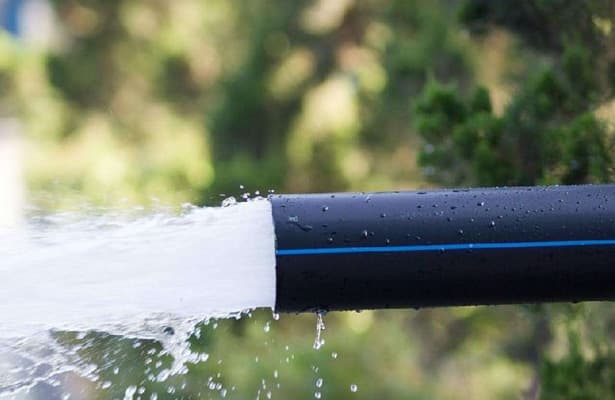
Chemical Leaching
One major concern is whether HDPE Pipes release harmful substances into the water. Studies have shown that under normal conditions, HDPE leaching is minimal and within safe limits established by regulatory agencies. High-density polyethylene (HDPE) stands out as a remarkably safe material for drinking water systems. Its robust molecular structure ensures it’s inert and doesn’t leach harmful chemicals into the water, a critical factor for potable applications. This inherent stability and non-reactivity are why it’s widely approved by health organizations globally. In fact, these same properties extend its safety beyond water; for a deeper dive into how this material performs with edibles, explore Is HDPE Food Safe? However, factors such as high temperatures, prolonged exposure to water, and certain disinfectants may accelerate the migration of trace chemicals. Research indicates that while small amounts of organic compounds can leach from HDPE, their concentrations typically remain below health risk thresholds. Certifications like NSF/ANSI 61 help ensure that HDPE materials used in drinking water systems do not introduce harmful contaminants.
Microbial Contamination
Another concern is the potential for bacterial growth inside HDPE Pipes and containers. Unlike metal pipes, which may have antimicrobial properties, HDPE surfaces can support biofilm formation if not properly maintained. This is particularly relevant in stagnant water systems where bacteria can multiply. To minimize risks, regular flushing, proper disinfection, and maintaining appropriate water flow are recommended best practices.
Overall, while HDPE is considered safe, understanding and addressing these concerns is essential for ensuring high-quality drinking water.
Environmental Impact and Environmental Advantages of HDPE
One of the key Environmental Advantages of HDPE is its high recyclability. Unlike many other plastics, HDPE can be reprocessed multiple times without losing its structural integrity, making it a sustainable choice for various applications. Recycling HDPE helps reduce plastic waste, lower landfill usage, and conserve natural resources.
From a sustainability perspective, HDPE also plays a role in reducing carbon emissions. Its lightweight nature decreases transportation energy consumption, and its durability extends the lifespan of products, minimizing the need for frequent replacements. Additionally, manufacturing HDPE requires less energy compared to other materials, making it an eco-friendly option for water systems.
By choosing HDPE, industries and consumers can contribute to a more sustainable and environmentally responsible future.
Practical Applications of HDPE in Drinking Water Systems
HDPE has become a preferred material in modern drinking water systems due to its ease of installation, durability, and low maintenance requirements. Its unique properties make it highly efficient for both residential and industrial plumbing applications.
Installation and Maintenance
One of the key advantages of HDPE Pipes is their lightweight yet strong structure, making them easier to transport and install compared to traditional materials like metal or PVC. HDPE pipes are available in flexible coils or rigid sections, allowing for quick and seamless installation with fewer joints and connections. Additionally, they can be heat-fused to create leak-free, long-lasting joints, reducing the risk of contamination.
From a maintenance standpoint, HDPE Pipes offer exceptional longevity. They are highly resistant to corrosion, rust, and chemical damage, which means they require fewer repairs and replacements over time. Unlike metal pipes, HDPE does not degrade due to mineral buildup or internal scaling, ensuring a consistent water flow for decades.
Overall, HDPE’s easy installation, long service life, and minimal maintenance needs make it a cost-effective and reliable choice for modern drinking water distribution systems.

Conclusion
Finally, we hope you are convinced of the answer to the question: Is HDPE Safe for Drinking Water? HDPE has proven to be a safe, durable, and environmentally friendly material for drinking water systems. Regulatory approvals from NSF, ANSI, and other global organizations confirm that HDPE meets strict safety standards, with minimal risk of chemical leaching or microbial contamination. Its high recyclability, long lifespan, and resistance to corrosion further enhance its appeal for water distribution.
For consumers and industry stakeholders, choosing certified HDPE products ensures water quality and system reliability. Regular maintenance and proper installation practices help maximize safety and performance. With its proven benefits, HDPE remains a trusted choice for modern drinking water infrastructure.


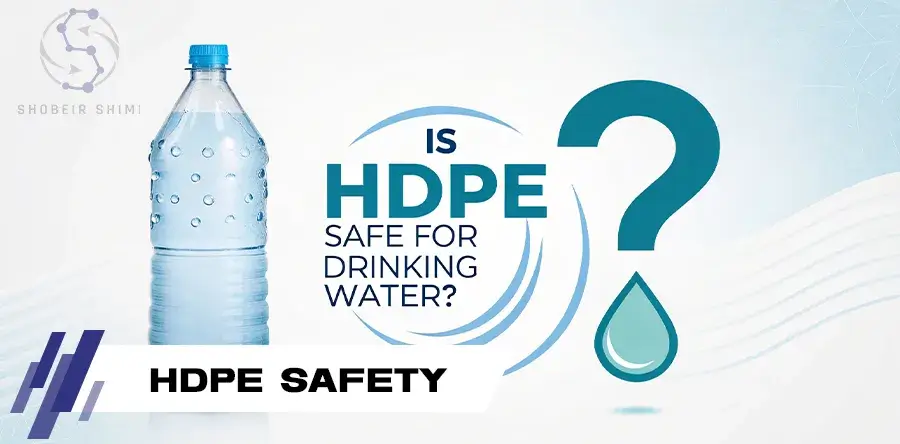
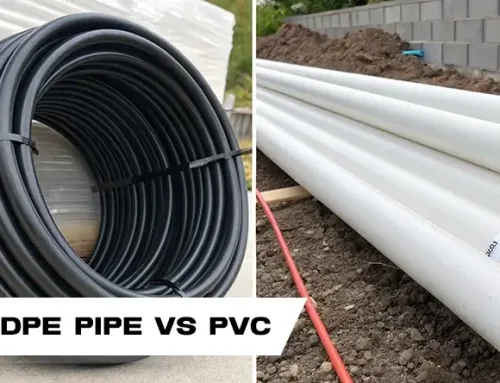
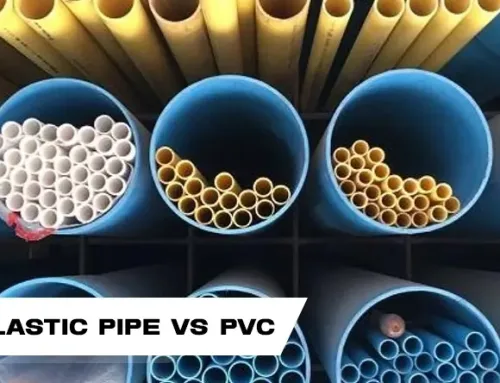

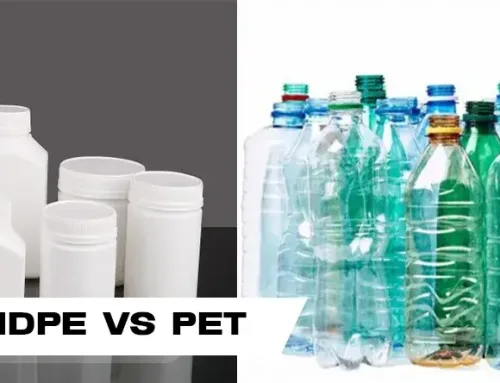
Leave A Comment